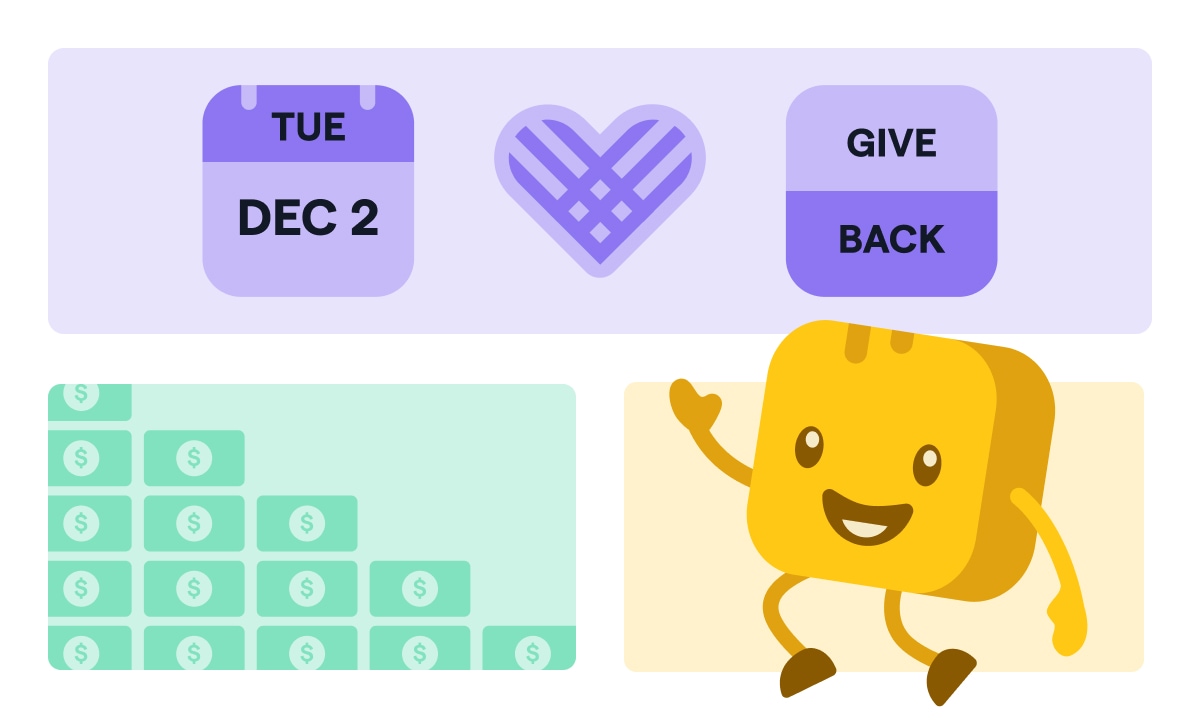Meet Austin—and the movement behind him

When Hannah Lowe’s son, Austin, was diagnosed with LMNA-related congenital muscular dystrophy (L-CMD), a rare and fatal muscle-wasting disease, doctors told her there was no treatment, and no cure. They recommended she simply enjoy the time they had together.
But Hannah refused to give up.
Determined to take action, she launched the L-CMD Research Foundation, with an ambitious and urgent goal: raise $2M before Austin’s second birthday to fund a gene therapy treatment that could save his life and the lives of other children like him.
From soft launch to full-throttle fundraising

It was February when Hannah kicked off the “2 Before 2” campaign on Givebutter. The campaign name reflected both her fundraising goal and the emotional deadline ahead: Austin’s second birthday. What started as a modest ask quickly grew into a community-driven movement:
"We weren’t expecting it to blow up the way it did,” Hannah shared. “But people showed up—friends, family, and total strangers—and they wanted to help. So we decided to go all in."
With peer-to-peer fundraising (P2P) at its core, the campaign empowered individuals to create personalized fundraising pages and rally their own networks. The impact was massive:
🎯 Goal: $2M by August
💛 Raised: $2.07M+ to date
👥 Supporters: 2,000+
🏆 Teams: 27
Why Givebutter?
With a mission this personal, Hannah knew she needed a fundraising platform that was easy to use, powerful, and flexible:
"We researched a lot of different platforms to use and we got to know Givebutter and we really liked all the features and the ability to do the peer-to-peer fundraising and events and everything. It just seems so user-friendly. That's how we came to be on Givebutter. I would say the biggest chunk of our success so far has been in peer-to-peer fundraising.”
Givebutter made it simple for supporters to jump in and contribute in meaningful ways. From team leaderboards to embedded videos and text-to-donate, the campaign was as interactive as it was impactful.
Hannah and her team even hosted creative virtual events—like a series of online workout classes—through the platform to keep donors engaged, along with sending regular campaign updates to keep supporters informed on their progress and motivated to help the campaign reach its goal.
Funding hope—one donation at a time

Every dollar raised through Givebutter brought the foundation closer to funding a gene therapy project being developed by researchers at UMass Medical School and in Spain.
But the campaign also became something bigger: a platform for education and advocacy around a rare and devastating disease. Explained Hannah:
“This isn’t just about Austin. It’s about giving hope to other families like ours.”
The campaign created a ripple effect—spreading awareness, raising hope, and showing what’s possible when a community comes together.
Advice for other nonprofits

In the process of launching such a massive campaign, Hannah gained some valuable insights, including how to equip her P2P fundraisers with all of the elements they needed for success:
“We basically did a Dropbox for everybody that had email templates, social media posts, thank-you letter templates, pictures of Austin, our foundation logo, FAQs—everything!”
To avoid donor fatigue, Hannah broke the initial campaign launch into a four-week strategy, each with a specific focus:
- Week 1: Email everyone you know
- Week 2: Follow up and start posting on social media
- Week 3: Encourage donors to submit company donation matching requests
- Week 4: Final follow-ups, additional social media posts, and donor thank-you messages
“We really appreciate that Givebutter has such robust reporting so that each of our solicitors could go back to everybody that they had reached out to and follow up.’
In just four weeks, the campaign had reached half a million dollars, and that was just the beginning.
What’s next

The L-CMD Research Foundation continues to raise funds and push research forward. With Givebutter as their fundraising partner, they’ve created more than just a campaign, they’ve built a movement.
🎥 Watch the full success story video →
🧡 Support the campaign on Givebutter →
✨ Learn more about L-CMD Research Foundation →
.svg)










.jpg)
